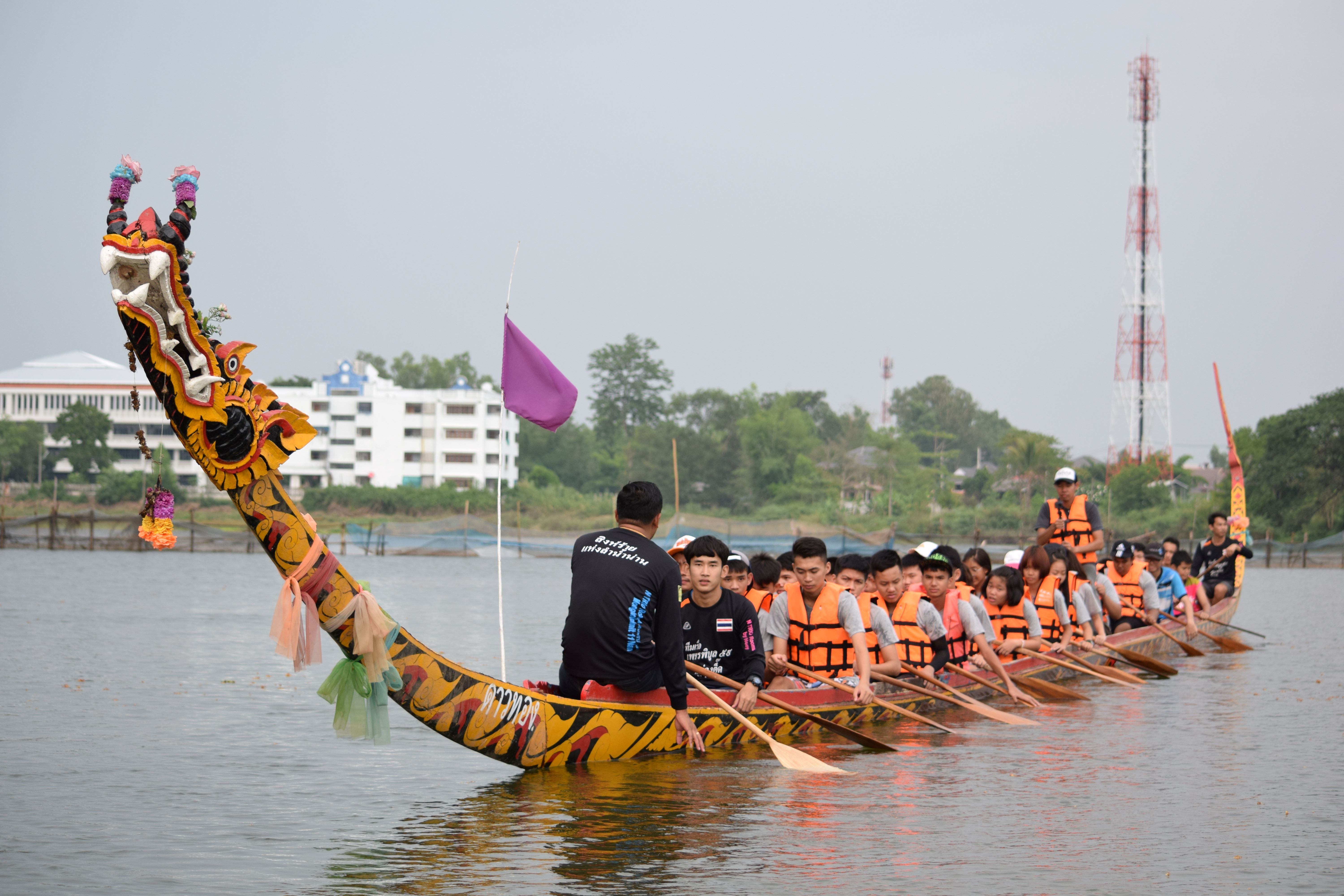Crafts and folk art based on the Water-Based Culture.

The Nan River is a major river in Thailand that is known for its rich cultural heritage and its close association with the local way of life. Crafts and folk art based on the water-based culture of the Nan River reflect this unique cultural heritage and offer a glimpse into the traditional way of life of the people who live along its banks. Here are a few examples of crafts and folk art that are based on the water-based culture of the Nan River.
Boat-making, Boats have long been an essential part of life along the Nan River, and boat-making is a traditional craft that has been passed down through generations. Boats are typically made from teak or other local woods, and are designed to be lightweight, yet sturdy enough to navigate the river's sometimes treacherous waters.
Fishing nets and traps, Fishing is a major industry along the Nan River, and local fishermen have developed a variety of fishing nets and traps to help them catch fish in the river's currents. These nets and traps are often made from natural materials such as bamboo and rattan and are decorated with traditional motifs and patterns.
Textiles are an important part of the cultural heritage of the Nan River region, and are often made using natural dyes and traditional weaving techniques. The textiles are often decorated with patterns and designs that are inspired by the river and its surroundings, such as fish, birds, and other aquatic creatures.
Pottery making is another traditional craft that is closely associated with the water-based culture of the Nan River. Pots and other vessels are often made from local clay and are decorated with intricate designs that reflect the natural world.
Traditional musical instruments, Music is an important part of the cultural heritage of the Nan River region, and traditional musical instruments such as the khaen (a bamboo mouth organ) and the saw (a two-stringed fiddle) are still played today. These instruments are often decorated with traditional motifs and patterns.
These crafts and folk art forms not only reflect the unique cultural heritage of the Nan River region, but also serve as a way of preserving these traditions and passing them on to future generations.
The Long Boat Race Festival in Nan Province, Thailand is a celebration that takes place annually in the province of Nan, located in northern Thailand.
These crafts and folk art forms not only reflect the unique cultural heritage of the Nan River region, but also serve as a way of preserving these traditions and passing them on to future generations.
Saw is a Lanna folk song playing. northern dialect Means singing, singing, playing "fiddle" is a language wisdom. that has been created beautifully and invaluable hidden in moral teachings Shows the relationship with the way of life of the Lanna people in various aspects such as beliefs, values, traditions.
Long Nan dance is a unique identity of Nan that originated from the Nan River cruise in the era of traveling from Woranakorn (Pua City) to Phu Phiang Chae Haeng. In order to create fun in the journey, it has invented an adaptation of dances from dances or martial arts in the past.
Powered by
MakeWebEasy.com




